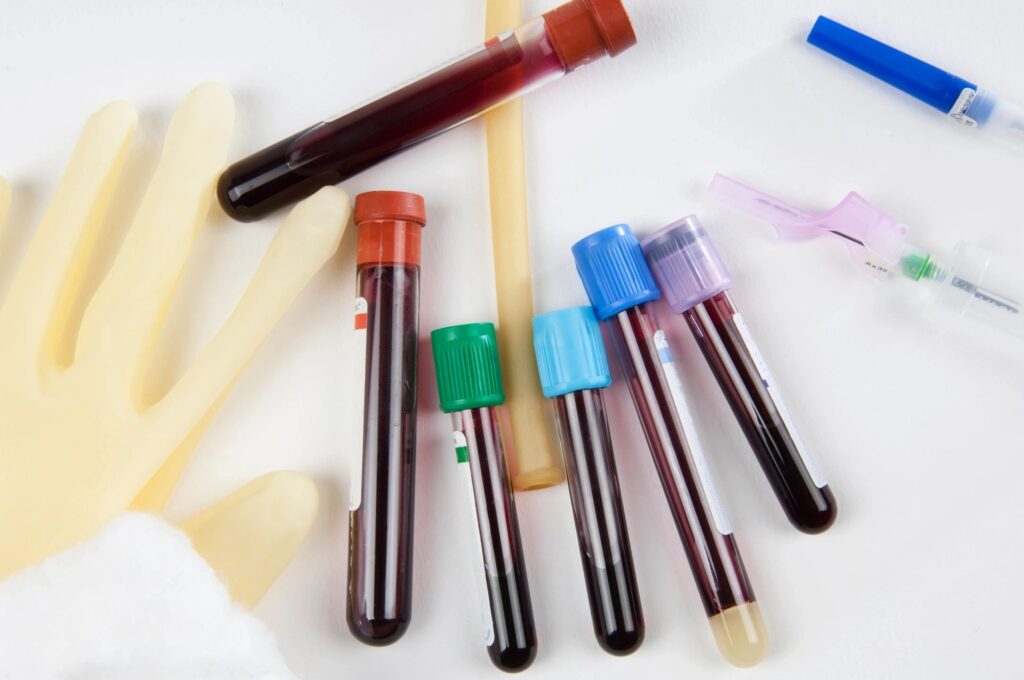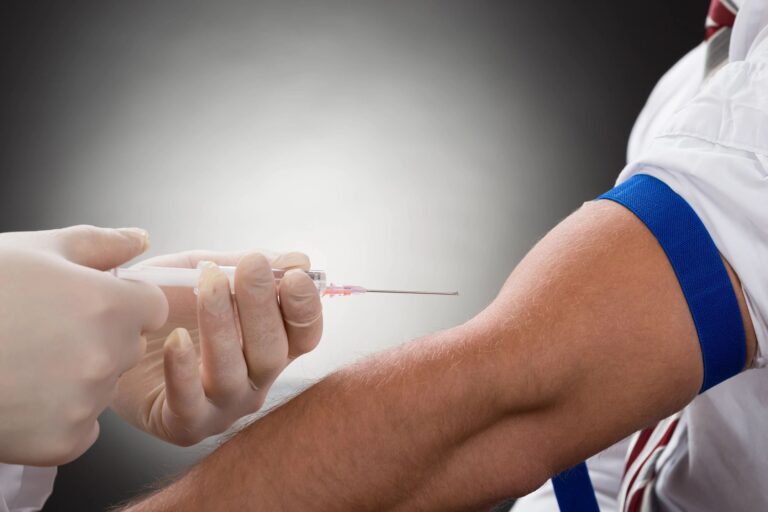Therapeutic phlebotomy is a medically prescribed procedure that involves the removal of blood from the body to treat certain health conditions. While most people are familiar with blood donation, therapeutic phlebotomy is different—it’s not done for donation purposes but to manage or prevent complications caused by specific medical conditions.
In this article, we’ll explore what therapeutic phlebotomy is, when it’s used, how it’s done, and what to expect before, during, and after the procedure.
What Is Therapeutic Phlebotomy?
Therapeutic phlebotomy is a treatment in which a specific amount of blood is withdrawn from a patient’s vein under medical supervision. The main goal is to reduce excess iron or red blood cells, which can damage organs and tissues if left unchecked.
This treatment is used to manage chronic conditions such as:
Hemochromatosis – a genetic disorder where the body absorbs too much iron.
Polycythemia vera – a condition that causes the bone marrow to produce too many red blood cells.
Porphyria cutanea tarda – a disorder that affects the skin and nervous system due to excess porphyrins in the blood.
Nonalcoholic fatty liver disease (NAFLD) – where iron overload contributes to liver damage.

How the Procedure Works
The process of therapeutic phlebotomy is similar to regular blood donation but tailored to individual treatment needs.
Step-by-Step Overview:
Evaluation: A healthcare provider assesses your blood counts, iron levels, and overall health.
Preparation: You will be asked to hydrate and may need to eat a light meal beforehand.
Venipuncture: A needle is inserted into a vein in your arm, and blood is withdrawn—typically between 350–500 mL.
Monitoring: Vital signs like blood pressure and heart rate are monitored throughout.
Recovery: After the procedure, you’ll rest briefly and be advised to avoid strenuous activity for a few hours.
Sessions are usually scheduled weekly, biweekly, or monthly, depending on your condition and response to treatment.
Benefits of Therapeutic Phlebotomy
Therapeutic phlebotomy can significantly improve symptoms and prevent long-term complications. Benefits include:
Reduced iron overload in organs such as the liver, heart, and pancreas.
Lower blood viscosity, reducing the risk of blood clots and strokes.
Improved energy levels and reduced fatigue in some patients.
Delay in disease progression for chronic liver and blood disorders.

Risks and Side Effects
Though generally safe, therapeutic phlebotomy can have side effects, especially if not managed properly. These may include:
Dizziness or lightheadedness
Bruising at the needle site
Fatigue
Low blood pressure (hypotension)
Iron deficiency if performed too frequently
Always follow your care provider’s recommendations to ensure optimal results and avoid complications.
Aftercare and Lifestyle Tips
To maximize the effectiveness of therapeutic phlebotomy:
Stay hydrated before and after the procedure.
Maintain a balanced diet—your doctor may advise limiting iron-rich foods.
Report symptoms like extreme fatigue, pale skin, or heart palpitations.
Keep appointments regularly to manage your condition effectively.
Who Performs Therapeutic Phlebotomy?
The procedure is typically performed by trained phlebotomists, nurses, or medical technologists in clinical laboratories, hospitals, or specialty care centers. A physician, usually a hematologist or internist, will prescribe and monitor your treatment plan.
Get Safe, Affordable Therapeutic Phlebotomy with Filos Health
At Filos Health, we understand the importance of convenience, safety, and affordability in managing chronic conditions. That’s why our Mobile Blood Collection Service offers therapeutic phlebotomy—administered by experienced professionals in the comfort of your home or facility.
We’re proud to provide:
High-quality care
Safe and reliable procedures
Convenient scheduling
Lower, more affordable rates than many traditional care centers
Whether you need routine blood draws or therapeutic phlebotomy to manage iron overload or red blood cell levels, Filos Health delivers care that is personalized, professional, and precise.
Final Thoughts
Therapeutic phlebotomy is a proven and effective treatment for conditions involving iron overload and excessive red blood cell production. With proper guidance and consistent follow-up, it can dramatically improve quality of life and prevent serious health complications.
If you or a loved one could benefit from therapeutic phlebotomy, contact your healthcare provider or reach out to Filos Health Mobile Collection Services for more information and to schedule an appointment.

